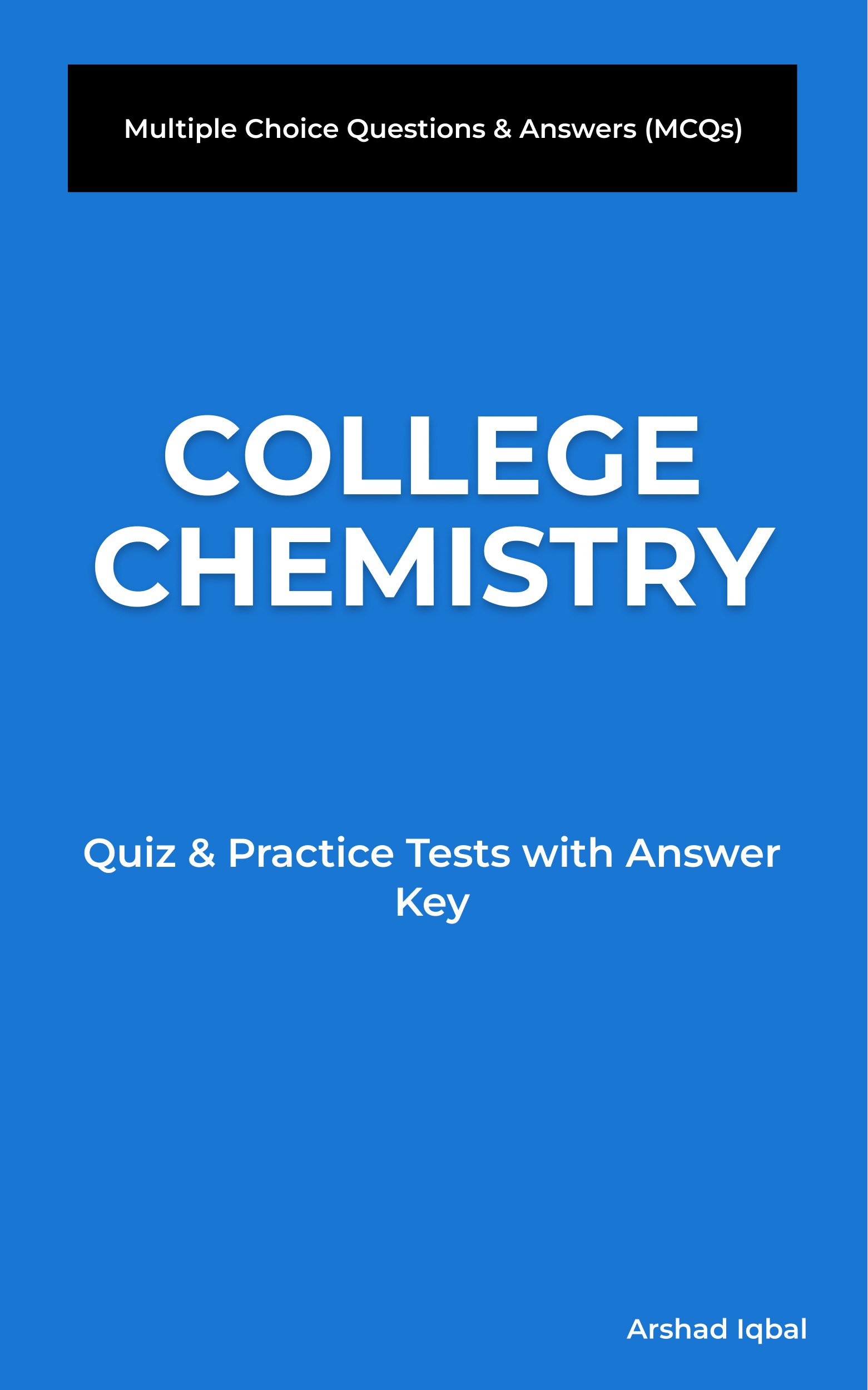SAT Chemistry Practice Test 133
Intermolecular forces in liquids and solids Quiz Questions and Answers PDF - 133
Free Intermolecular forces in liquids and solids Quiz Questions, intermolecular forces in liquids and solids quiz answers PDF download chapter 9-133 to study online sat chemistry degree courses. Practice Liquids and Solids MCQ with answers PDF, Intermolecular forces in liquids and solids Multiple Choice Questions (MCQ Quiz) for online college degrees. Free learning app: Intermolecular forces in liquids and solids Quiz App Download & e-Book for factors affecting reaction rates, catalysis, intermolecular forces in liquids and solids test prep for online college admission.
The Quiz: Based on their structural features, solids can be divided into classes; "Intermolecular forces in liquids and solids" App Download (Free) with answers three, two, four and five to learn online SAT prep courses. Solve liquids and solids questions and answers, Amazon eBook to download free sample to enroll in online colleges.
Intermolecular forces in liquids and solids Questions and Answers PDF Download: Quiz 133
MCQ 661: Based on their structural features, solids can be divided into classes
MCQ 662: The factor 'A' is called Arrhenius constant and it depends upon the
MCQ 663: The rate of reaction depends upon all except
MCQ 664: CaSO4.2H2O has a common name
MCQ 665: The chemical formula of calcium fluoride is
SAT Chemistry Exam Prep Tests
Intermolecular forces in liquids and solids Learning App & Free Study Apps
Download Intermolecular forces in liquids and solids Quiz App to learn Intermolecular forces in liquids and solids Quiz, SAT Chemistry Learning App, and O Level Chemistry Quiz Apps. Free "Intermolecular forces in liquids and solids Quiz" App to download Android & iOS Apps includes complete analytics with interactive assessments. Download App Store & Play Store learning Apps & enjoy 100% functionality with subscriptions!
